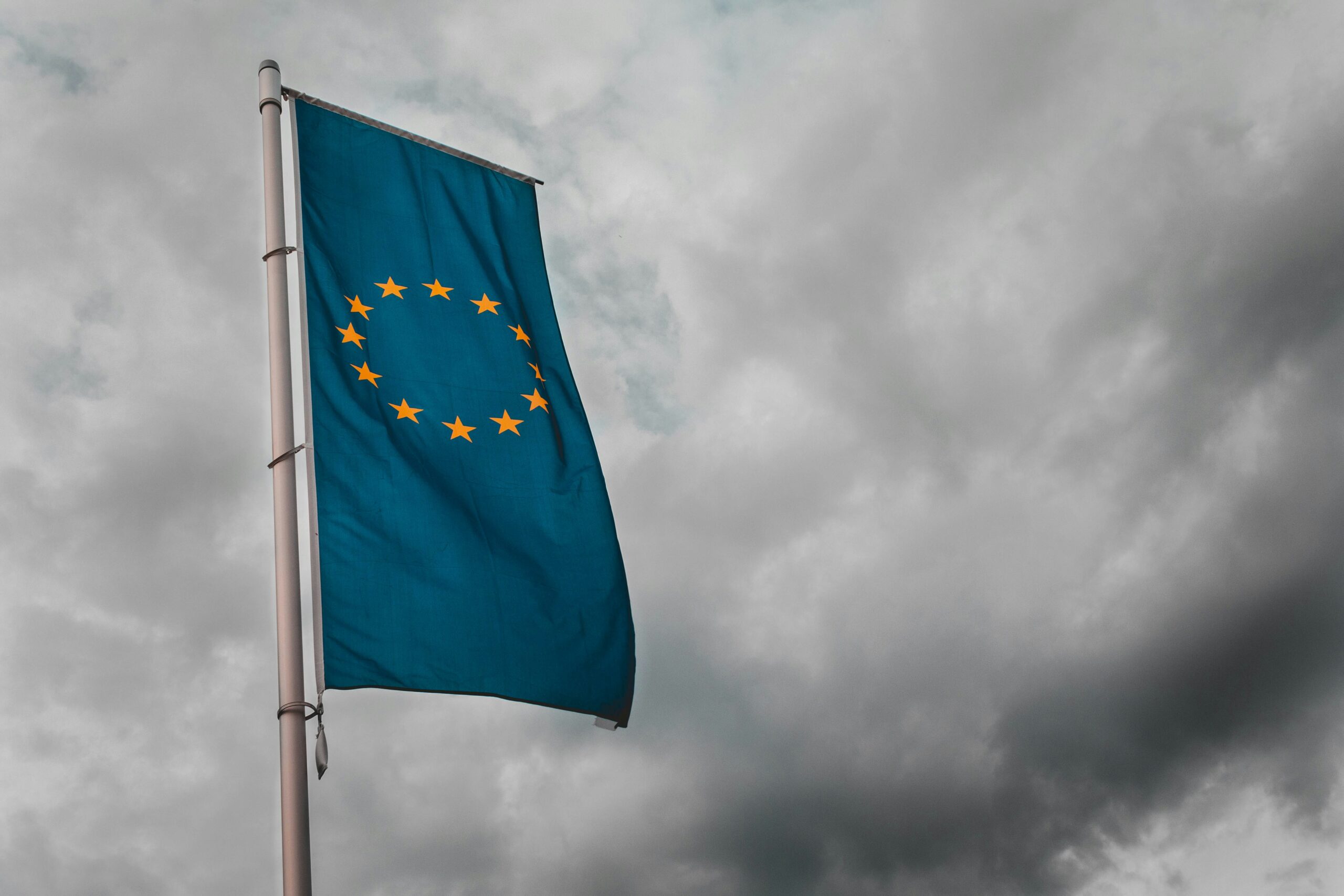The EUDR deadline might sound like a line item in a compliance checklist, but for many businesses, it’s quickly becoming a make-or-break moment. By December 30, 2025, large companies that trade in high-risk commodities must prove their supply chains are clean. Not kind of clean. Fully traceable, geolocated, and documented all the way back to the source.
And no, the extension didn’t change the rules. It just gave you a little more time to play catch-up.
If you’re still figuring out what this all really means, how to handle goods in stock, or what “placing on the market” actually involves, this article breaks it all down. Let’s get straight to the point.
Why the EUDR Deadline Actually Matters
The EU Deforestation Regulation (EUDR) was created to cut deforestation-linked products out of the European market. We’re talking about commodities like:
- Coffee and cocoa
- Palm oil, soy, and rubber
- Wood and paper products
- Cattle and derived goods like leather
It doesn’t matter if your company is in the EU or not. If your products touch EU soil after the deadline, they need to meet the regulation.
The deadline for large companies is December 30, 2025. For small and micro enterprises, there’s a buffer until June 30, 2026. But here’s the kicker: it’s not about when your goods were produced. It’s about when they’re first placed on the EU market.
So if you’ve got goods sitting in a warehouse that you plan to sell next year, you might already be behind.
Cut-Off Date Confusion: It’s All About Market Placement
One of the biggest misunderstandings about the EUDR is the “cut-off date.” Businesses often assume that if a product was made before December 30, 2025, it’s exempt. That’s not the case.
The key term here is “placing on the market.” It refers to the first time a product is made available on the EU market, whether that’s through sale, delivery, listing in an online store, or even giving it away.
That means:
- If you produced wooden furniture in 2024 but plan to start selling it in spring 2026, you still need full EUDR documentation.
- If your coffee shipment is stuck in customs after the deadline and hasn’t entered the market yet, the DDS (Due Diligence Statement) applies.
- If your leather goods were made years ago but sold for the first time after the deadline, you’re still on the hook.
It doesn’t matter how long something’s been in storage. If it enters the EU market post-deadline, it needs to be compliant.

What You Need in a Due Diligence Statement (DDS)
You’ll hear the term DDS a lot. This is the core piece of compliance under EUDR. Think of it as a digital record that proves your product is:
- Legally sourced
- Free from deforestation
- Fully traceable
At a minimum, your DDS must include:
- Geolokalisierungsdaten (e.g. GPS coordinates of farms or logging sites)
- Proof of legal harvesting or production
- Chain of custody documents
- Berichte zur Risikobewertung
- Mitigation measures, if there are any red flags
The EU wants these records submitted through their information system, and once a reference number is generated, you’ve only got 72 hours to revoke or correct the DDS, assuming it hasn’t been used in a customs declaration.
So there’s no room for sloppiness here.
Stocked Goods: Yes, They’re Affected
This is where things get tricky. Let’s say you’ve got a warehouse full of goods produced before the deadline. Do they need documentation? If they’ll be placed on the EU market after December 30, 2025, then yes.
Here’s why this matters:
- Most companies didn’t collect geolocation or supply chain data before this regulation existed.
- Retrospective documentation can be hard to get, especially for smallholder farms or fragmented supply chains.
- If you can’t gather the required data before placing the product on the market, you may have to scrap the sale, divert to another region, or eat the loss.
In short, stockpiled goods are not safe unless you’ve already lined up the full paper trail.
Planning Ahead: Avoid the Last-Minute Chaos
If your product will hit the EU market after the deadline, and you haven’t started preparing, you’re in crunch time. Here’s what you should be doing right now:
1. Audit Your Inventory
- Identify which products are likely to be placed on the EU market after the deadline
- Cross-check whether you already have DDS data for those products
- Flag items that are missing key information
2. Engage Your Suppliers
- Start requesting geolocation and legality documents immediately
- Add EUDR-specific clauses to contracts if you haven’t already
- Look for supply partners who are already EUDR-ready
3. Get Your Systems in Order
- Invest in a digital record-keeping system that supports batch-level tracking
- Assign unique identifiers to each product or shipment
- Ensure documentation can be matched to each individual market placement
4. Use the Buffer Wisely (If You’re a Small Company)
- Don’t wait until mid-2026
- Use the six-month delay to build your internal processes and gather missing data
- Plan for higher scrutiny even after your deadline hits

Practical Risks of Missing the Deadline
Let’s be real: this isn’t a slap-on-the-wrist type of regulation. Here’s what you’re facing if you try to sneak past without being ready:
- Fines and penalties from EU authorities
- Products blocked at customs or pulled from shelves
- Loss of market access
- Damage to brand reputation
- Supply chain delays that hit your bottom line
And it’s not just the EU watching. As regulations tighten worldwide, your readiness here could affect your position in other markets too.

How Tech Can Help You Stay Compliant
Meeting EUDR requirements isn’t just about collecting paperwork. It’s about proving, with real data, that your products are deforestation-free and legally sourced. That’s why we built EUDR-Einhaltung around one simple idea: compliance should be smarter, faster, and field-ready.
Our platform uses satellite-based monitoring to help you stay ahead of the regulation. We automate the hardest parts of the process – traceability, sustainability checks, and reporting – so you can focus on your supply chain without drowning in admin.
Here’s how we support EUDR compliance from end to end:
- Automated satellite monitoring to detect deforestation risks in near real time
- Deforestation analysis linked to geolocation data from your sourcing regions
- Pre-built compliance workflows for each regulated commodity
- Fast report generation so you’re always audit-ready
- Support across key sectors, including wood, cocoa, palm oil, soy, and cattle
We know the cut-off dates, the reversed burden of proof, and all the layers of documentation you’ll need to stay compliant. That’s baked into the tech. If you need to assess risk, track a supply chain back to the source, or generate an EUDR report with confidence, we’ve got you covered.
Our system isn’t just a data collector. It’s a real-time assistant for your sustainability team. No matter how complex your supply chain is, our tools are built to keep up.
Final Thoughts: You Still Have Time, But Not Much
The EUDR deadline isn’t just another compliance hurdle. It’s a line in the sand. After December 30, 2025, the rules change. The EU expects every product placed on the market to come with a full map of its origin, legality, and environmental footprint.
If you’re ahead of the game, great. If not, the time to get moving is now. Don’t wait until Q4 2025 and hope for the best. Start pulling records, talking to suppliers, upgrading your systems, and treating compliance like a priority. Because by the time customs asks for your DDS, it’ll be too late to scramble.
FAQ
What exactly is the EUDR deadline, and who does it apply to?
The EUDR deadline refers to the date by which companies must start complying with the EU Deforestation Regulation. For large companies, that date is December 30, 2025. If you’re a small or micro enterprise, you’ve got until June 30, 2026. But don’t let the extension fool you – the rules are the same for everyone. If your business deals with commodities like wood, soy, palm oil, or cocoa and you’re placing goods on the EU market, this regulation applies to you.
If I manufactured goods before the deadline, do I still need to comply?
Yes, and this is where a lot of people get tripped up. The regulation doesn’t care when you made the product. It only cares about when it’s first placed on the EU market. So if you’ve got stock sitting in a warehouse and you plan to sell it after the deadline, those items need full EUDR documentation – even if they were produced years ago.
Can I submit missing documentation after the product is already on the market?
Unfortunately, no. The due diligence documentation must be complete before the product is placed on the EU market. Once that happens, you’re either compliant or you’re not. There’s no grace period for cleaning up missing paperwork after the fact, and the window for correcting a submitted DDS is only 72 hours – assuming it hasn’t been used in a customs filing yet.
What happens if I miss the deadline or fail to comply?
It’s not just a matter of paying a fine and moving on. Non-compliant products can be blocked at customs or removed from stores. You could also face legal penalties and lose access to EU markets entirely. And beyond the immediate financial impact, there’s the reputational risk – especially if you’re seen as ignoring sustainability standards in a global market that’s paying more attention than ever.
Is it possible to get EUDR-compliant if I’m just starting now?
Yes, but you’ll need to move fast. Start by auditing your inventory, contacting suppliers, and investing in tech that helps you capture and manage traceability data. Platforms like EUDR Compliance were built for this exact situation. There’s still time to catch up – just not a lot of it. The worst thing you can do is wait.
What exactly is in a Due Diligence Statement (DDS)?
A DDS is basically your official proof that a product is deforestation-free and legally sourced. It includes things like GPS coordinates for production areas, documents showing the legality of harvesting, risk assessments, and any mitigation steps you’ve taken. This isn’t a rough summary or a best guess – it needs to be precise, tied to each shipment, and submitted through the EU’s official system.


